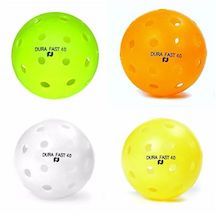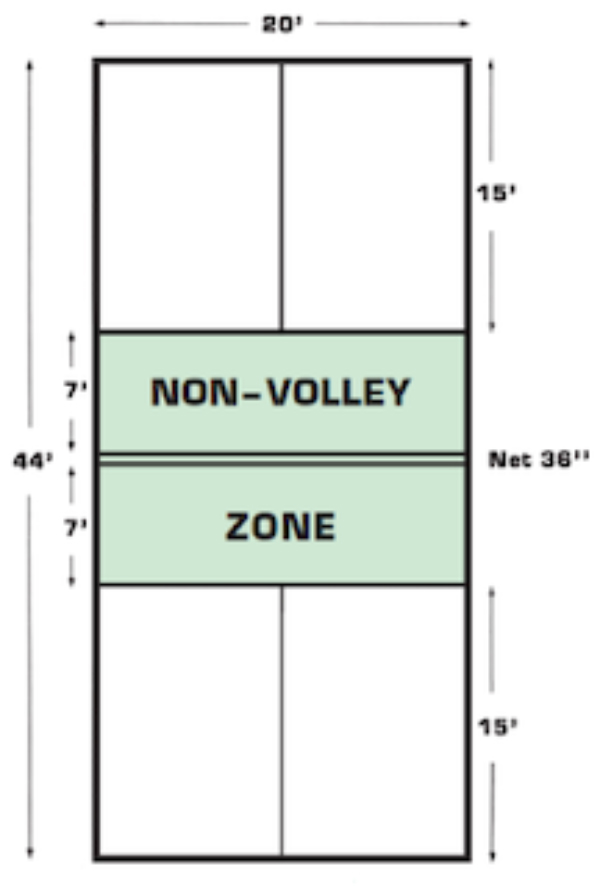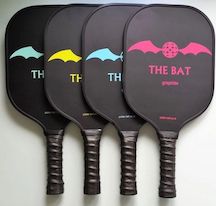Life After Chase: Janin Campos
Pickleball: the fastest growing sport you probably never heard of!
 I have enjoyed participating in various sports all my life. Despite the demanding hours of work, I managed to play squash regularly and golf at weekends. When I retired, I took the opportunity to improve my golf handicap, albeit marginally after much effort, whilst going to the gym and cycling a couple of times a week. Minuscule tears in both my knees meant that I could no longer go jogging or play competitive squash.
I have enjoyed participating in various sports all my life. Despite the demanding hours of work, I managed to play squash regularly and golf at weekends. When I retired, I took the opportunity to improve my golf handicap, albeit marginally after much effort, whilst going to the gym and cycling a couple of times a week. Minuscule tears in both my knees meant that I could no longer go jogging or play competitive squash.
Around two years ago, I met someone in the gym who suggested that I go along to a Pickleball session at our local sports center in Kent, England, promising that, if I enjoyed racket sports, it would be a lot of fun and far less stressful on the knees and shoulders than tennis or squash. So I looked up Pickleball on the internet and soon discovered that it is one of the fastest growing sports in the United States that can be enjoyed by any age group. I thought I would give it a try and immediately took to the sport, starting to attend two or three sessions a week.
Pickleball was invented around 1965 by Joel Pritchard, currently Lieutentant Governor of Washington State and a former member of the U.S. House of Representatives, as a game to entertain his children during their summer holidays. The game is supposedly named after his dog, Pickles.
The game can be played in- or outdoors on a badminton-sized court, but with a 3-foot-high net along the middle. It requires a paddle of wood and composite material (much thinner than the one used for paddle tennis) and a fairly hard perforated plastic ball. Points can only be scored on one’s serve, which needs to be underarm and crosscourt. Games are mostly played in doubles format, with each of the two players in a team serving consecutively until they lose the rally, at which point the serve passes to the opposing team. Unlike tennis, a single fault results in the loss of serve. Each game is played on a points system up to 11 points, with a minimum advantage of two points over the opponents required to win the game.
On either side of the net, there is an area the width of the court and around seven feet long (called the “Kitchen” or non-volley zone) in which aerial volleys are not permitted. This results in a very common playing strategy called “dinking”, whereby opponents will keep dropping the ball with a soft shot into the Kitchen until one team makes a mistake by hitting the ball into the net or lifting it high enough over the net to allow the opponent to play a smash volley from outside the Kitchen. While this may sound somewhat complicated, as with any sport, one soon gets used to the rules and seeks to exploit them to one’s advantage.
Almost immediately I started to play in a couple of local tournaments. Within six months my club pro persuaded me to enter the Spanish Pickleball Opens in 2018, partnering another equally competent club member in the 60+ Men’s Doubles category, with competitors from all over the world. Much to my surprise, we managed to win a bronze medal. This July, I took part in the German Pickleball Opens in Essen, where my partner and I won the gold medal in the 60+ category. We also got put into the Europe team to play against USA in the annual Bainbridge Cup. Although my partner and I won both our matches, USA retained the Cup, as they are by far the most dominant force in the sport, although Europe is slowly starting to close the gap.
The pace at which the popularity of the sport is growing in the U.K. as well as in other European countries such as Spain, Germany, France, Holland and Finland is impressive. The members in our club in Kent have trebled in number from around 25, when I first joined two years ago, to now around 75 players ranging in age from 25 to 75. A similar trend is taking place with other clubs in the country.
Whilst millenniums are predominant among the Top 20 players in the world, older generations form the bulk of players in the sport. Tournaments are not only organised in age categories but also by rankings registered with the National Pickleball federations. These rankings range from 2.5 (minimum required for tournaments) to 5.0, the latter largely gained by professionals in the sport.
The most wonderful thing about Pickleball for me is that, despite age and physical wear and tear of the body over many years of sporting activity, it allows one at retirement age to participate in a sport that is most enjoyable and social, whilst also catering for those who seek to improve their game and partake in the thrill of competition. International tournaments are a lot of fun, not just because of the camaraderie built with other members of the squad, but also the opportunity to make friends with participants from all over the world who are equally passionate about the sport.
For those interested to discover more about the sport check out the USAPA.org federation website.



